Some cars are destined to define a decade. Here’s rare factory footage of two 1951 General Motors dream cars in action: The GM LeSabre and the Buick XP-300.
Both cars were the result of a long-term cooperative activity involving the General Motors Styling Section and the Buick Motor Division Engineering Staff.
There was a time when the people who ran car companies were genuine automotive enthusiasts. Harley J. Earl and Charles A. Chayne were two of those enthusiasts whose passion for beautiful cars led to the creation of the Buick XP-300 (originally labeled XP-9) and LeSabre (originally labeled XP-8), true dream machines.
–
–
The two cars shared many components that included the supercharged 335-hp aluminum V-8 engines, push-button seats and windows, and power jacks that were operated by the driver – talk about futuristic! Both Buick dream cars had heat-treated aluminum bodies. Despite these similarities, the two cars had radically different styling.
–
The XP-300 had an almost typical Buick look to it, but it was much wider and longer than the production Buicks at the time. The lightweight aluminum body and skirted rear wheel openings make the XP-300 appear as if it is floating. The XP-300’s beauty and innovation went beneath its aluminum skin.
Four hydraulic jacks were hidden under the bodywork and elevated either the driver or passenger side of the car. Upon shutting the doors, steel bars hydraulically slid out so that the car was more rigid, as these bars completed the roll cage-like framework within the body. Coupled with a high horsepower engine, Charles Chayne himself tested the XP-300’s performance by reaching more than 140 miles per hour during an engineering test run.
Exterior styling, by Earl with legendary GM designer Edward Glowacke, LeSabre was a mash-up of rocket, jet fighter, and racing car themes, many found in other cars of the period, but brought together here in a bold new expression.Earl used aviation as an inspiration for many facets of his work and the LeSabre was a showcase. Exterior styling, by Earl with legendary GM designer Edward Glowacke, was a mash-up of rocket, jet fighter, and racing car themes, many found in other cars of the period, but brought together here in a bold new expression. The name came from the Air Force Sabre jet fighters, the front jet-like intake held two headlights, the rear fins hinted at P-38 inspired Cadillac fins, and rear nozzle also was jet inspired. The instruments said aircraft in style and in the inclusion of an altimeter.
The LeSabre had 12-volt electrics (most cars then were 6-volts), a torque converter automatic transmission with an oil cooler, fuel injection, a strong, chrome-molydenum frame, built-in hydraulic jacks, a rain-activated folding top, a jet-like air intake and prominent tail fins. Beautiful 1950’s designs both. They are reminder that a design can not only sum up an era, but predict it as well. Maybe a little on the futuristic side, but that’s what factory show cars represent, ideas for future cars. The hidden gas filler was used in 56 & 57 by Chevy, hidden headlights in the 60’s on Corvettes and Impalas and Camaros. Don’t think the self-jacking idea ever caught on though.You can find galleries and more videos on the NEXT PAGE


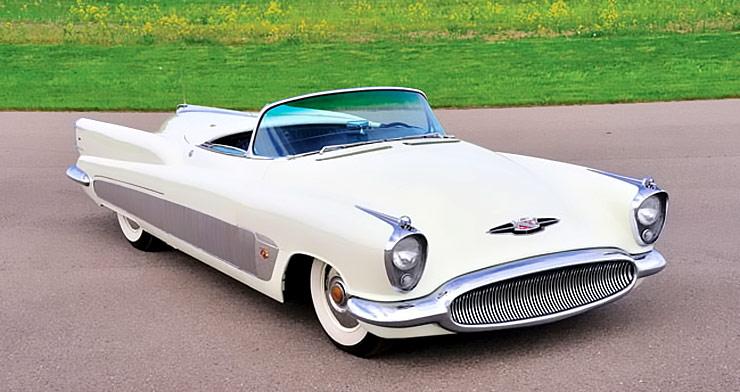
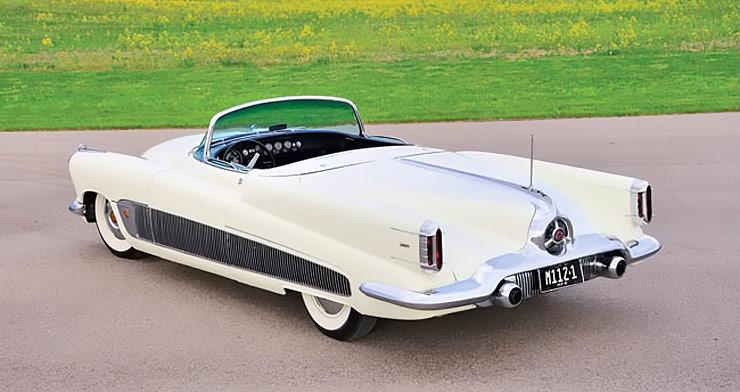
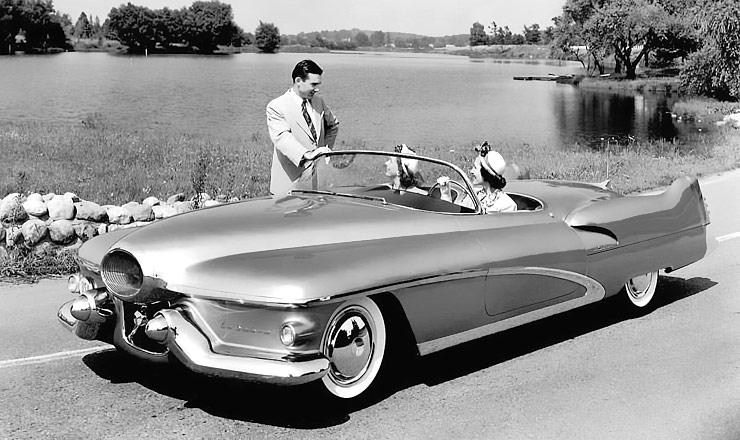
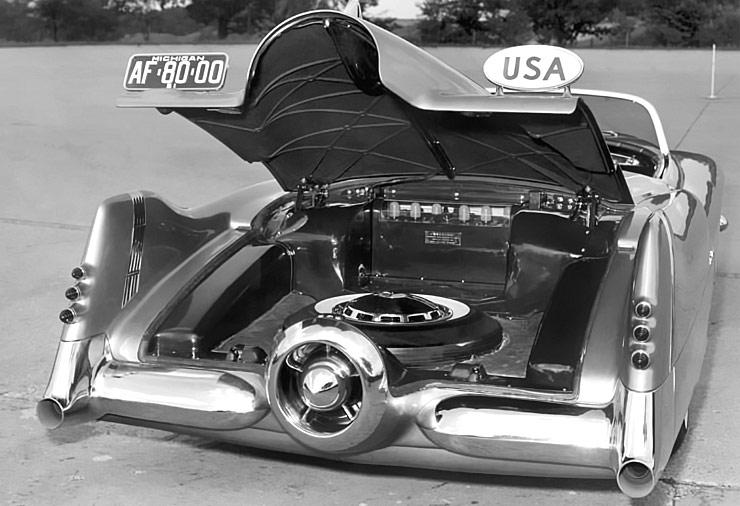



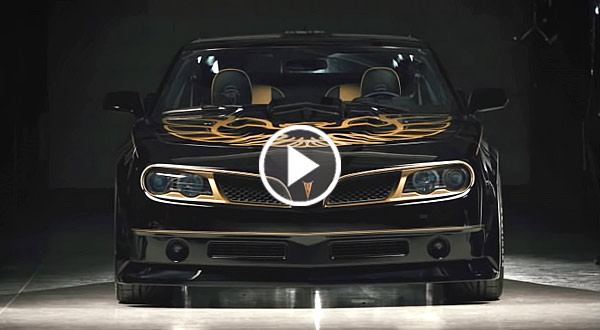

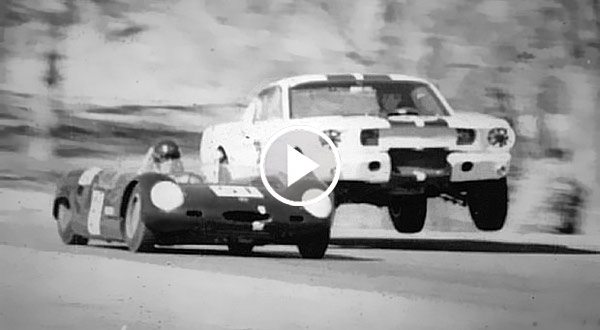





Facebook Comments